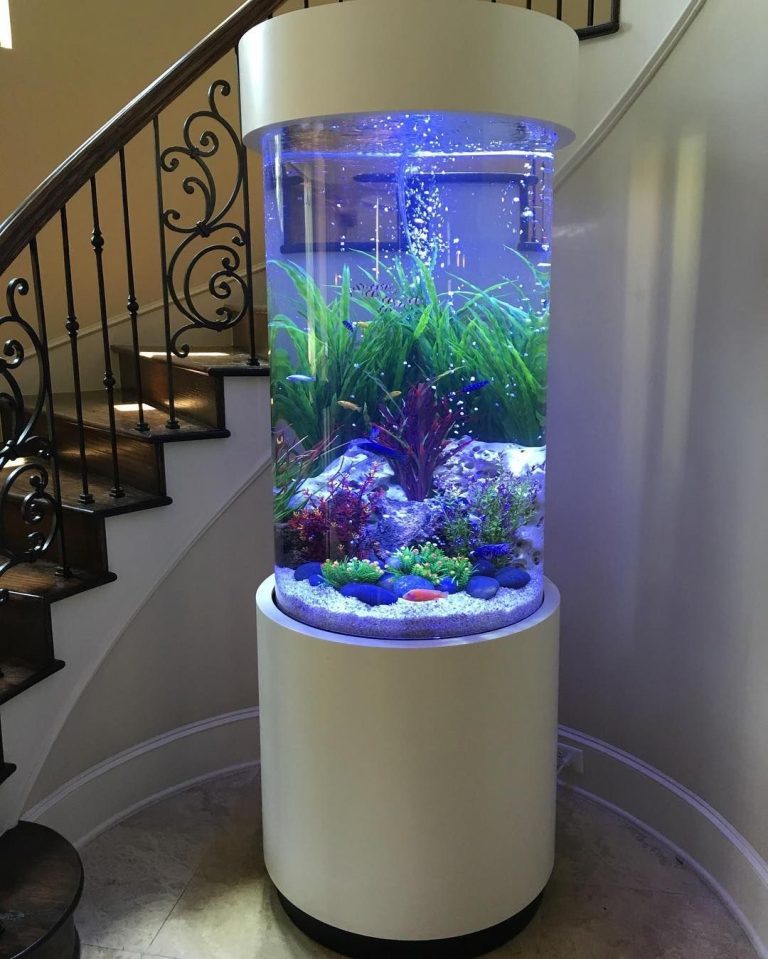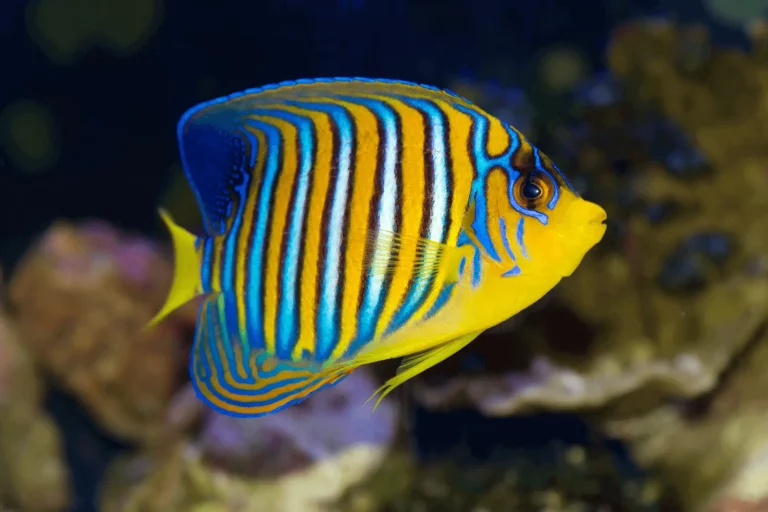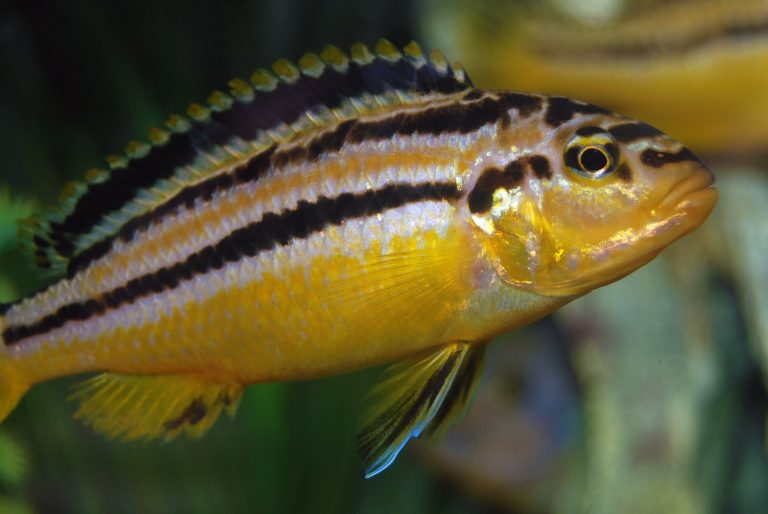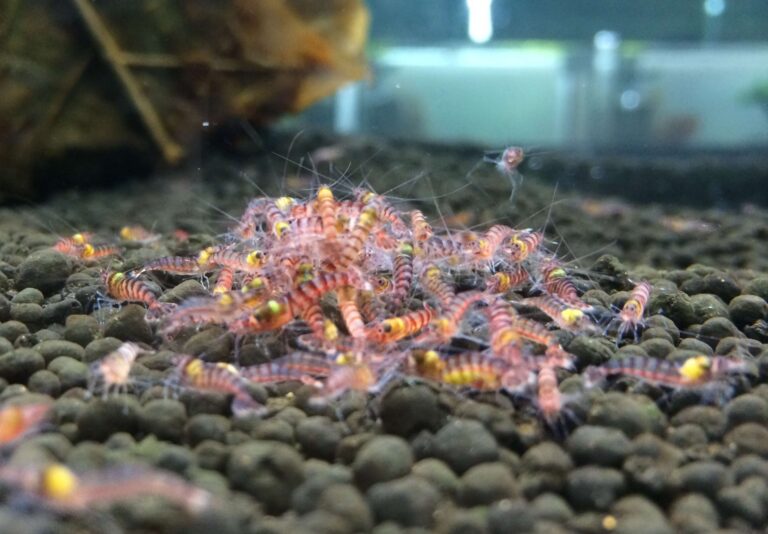Osmotic Shock In Fish
What is Osmotic Shock in Fish?
Osmotic shock in fish refers to a sudden change in osmotic pressure that can result in serious health problems for aquatic organisms. Osmotic pressure is the force that drives water to move across a semipermeable membrane from an area of lower solute concentration to an area of higher solute concentration. Fish, like all living organisms, have a certain optimal range of osmotic pressure in their bodies. When there is a sudden change in the surrounding environment, such as a rapid increase or decrease in salinity or water pH, fish can experience osmotic shock.
Causes of Osmotic Shock in Fish
Several factors can contribute to osmotic shock in fish. Understanding these causes is crucial for fishkeepers to prevent such shocks from occurring. Here are some common causes:
1. Sudden changes in salinity: Fish that live in either freshwater or saltwater have adapted to a specific osmotic pressure. When they are suddenly exposed to a different salinity level, their bodies struggle to maintain the balance of fluids and ions.
2. Changes in water pH: Abrupt changes in the pH level of the water can also lead to osmotic shock. Fish are highly sensitive to pH fluctuations, as they can directly affect the acid-base balance and ion regulation within their bodies.
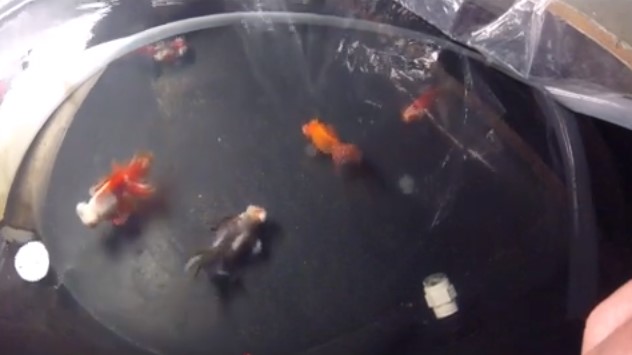
3. Poor acclimation techniques: When introducing new fish to an aquarium, proper acclimation is crucial. Failing to acclimate them slowly to the new environment can cause osmotic shock. The sudden change in water conditions stresses the fish and disrupts their osmoregulatory systems.
4. Environmental pollution: High levels of toxins or pollutants in the water can disrupt the osmoregulatory mechanisms of fish. These substances can damage the gills and other organs responsible for maintaining osmotic balance.
Effects of Osmotic Shock in Fish
Osmotic shock can have severe consequences for fish health and well-being. The extent of the damage depends on the duration and severity of the osmotic imbalance. Here are some of the effects:
1. Dehydration: When fish are exposed to higher salinity water than their bodies are adapted to, they lose water rapidly through osmosis. This leads to dehydration, which can be fatal if not corrected promptly.
2. Ion imbalances: Osmotic shock disrupts the delicate balance of ions within the fish’s body. This can lead to electrolyte imbalances, affecting vital physiological processes such as nerve function, muscle contraction, and metabolic activities.
3. Organ failure: Prolonged exposure to osmotic shock can cause damage to the internal organs of fish. The gills, kidneys, and liver, which play crucial roles in osmoregulation, can suffer irreversible damage, impairing the overall health of the fish.
Preventing Osmotic Shock in Fish
Preventing osmotic shock is key to maintaining the well-being of fish in aquariums or natural habitats. Here are some preventive measures:
1. Gradual acclimation: When introducing new fish to an aquarium, it is essential to acclimate them slowly to the new water conditions. This allows their bodies to gradually adjust to the changes, minimizing the risk of osmotic shock.
2. Monitoring water parameters: Regularly monitoring water parameters such as salinity and pH is crucial for fishkeepers. Maintaining stable conditions within the optimal range for the species of fish being kept helps prevent sudden osmotic imbalances.
3. Quality filtration and water treatment: Investing in a good filtration system and using appropriate water treatments can help remove toxins, pollutants, and impurities that can disrupt osmoregulation in fish.
4. Quarantine new fish: Before introducing new fish to an existing aquarium, it is advisable to quarantine them to ensure they are healthy and free from any diseases or parasites that could compromise their osmoregulatory systems.
Frequently Asked Questions
Q: Can fish recover from osmotic shock?
A: The ability of fish to recover from osmotic shock depends on the severity and duration of the shock. If caught early and appropriate corrective measures are taken, fish can often recover and regain their osmotic balance. However, prolonged exposure to extreme osmotic shock can be fatal.
Q: How long does it take for fish to acclimate to a new aquarium?
A: The acclimation period for fish can vary depending on the species and the specific conditions of the new aquarium. In general, it is recommended to acclimate fish over a period of 1 to 2 hours, gradually adding small amounts of water from the new aquarium to their bag or container.
Q: Are certain fish species more prone to osmotic shock?
A: Yes, some fish species are more sensitive to osmotic imbalances than others. Freshwater species introduced to saltwater environments and vice versa are particularly vulnerable. It is important to research the particular needs and requirements of each species before introducing them to an aquarium.
Final Thoughts
Understanding osmotic shock in fish is crucial for fishkeepers and aquarists to provide a healthy and suitable environment for their aquatic pets. By taking preventative measures and closely monitoring water conditions, fishkeepers can minimize the risk of osmotic shock and ensure the well-being of their fish. Proper acclimation, regular water parameter checks, and maintaining a clean and pollutant-free environment are essential steps towards creating a thriving aquatic ecosystem.

